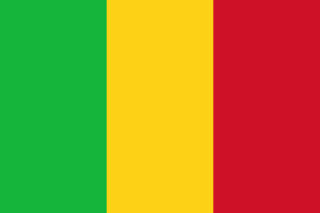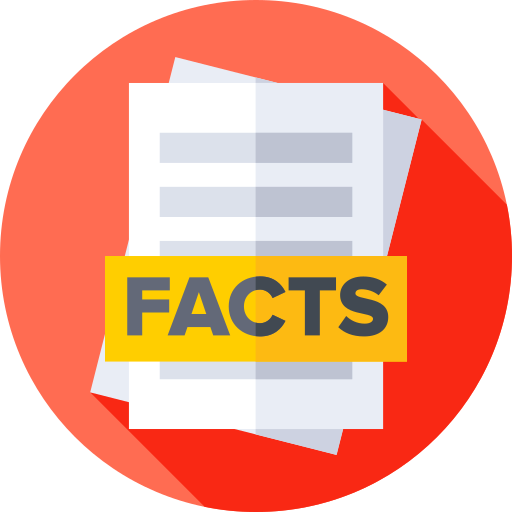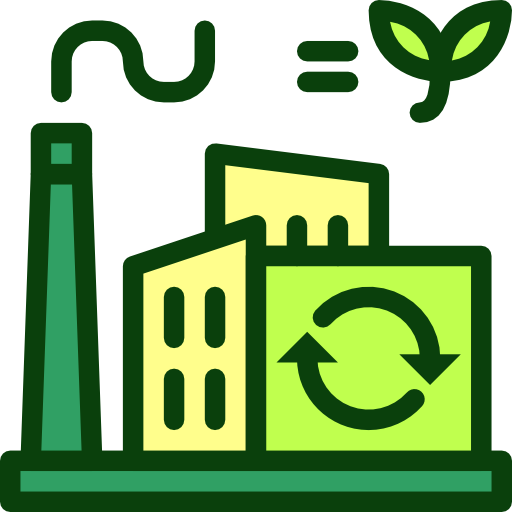Mali - Geography

Here, let us take a look at the Geography of Mali. Landlocked; divided into three natural zones: the southern, cultivated Sudanese; the central, semiarid Sahelian; and the northern, arid Saharan. Mother's mean age at first birth is 19.2 years (2018 est.) (Note: data represents median age at first birth among women 20-49), whereas, the Maternal mortality ratio is 367 deaths/100,000 live births (2023 est.)
Geographical data of Mali
| Location | interior Western Africa, southwest of Algeria, north of Guinea, Cote d'Ivoire, and Burkina Faso, west of Niger |
|---|---|
| Geographic coordinates | 17 00 N, 4 00 W |
| Map references | Africa |
| Tarrain | mostly flat to rolling northern plains covered by sand; savanna in south, rugged hills in northeast |
| Natural Resources | gold, phosphates, kaolin, salt, limestone, uranium, gypsum, granite, hydropower |
| Natural Hazards | hot, dust-laden harmattan haze common during dry seasons; recurring droughts; occasional Niger River flooding |
| Irrigated Land | 3,780 sq km (2012) |
| Major rivers (by length in km) | Niger (shared with Guinea [s], Niger, and Nigeria [m]) - 4,200 km; Senegal (shared with Guinea [s], Senegal, and Mauritania [m]) - 1,641 km note: [s] after country name indicates river source; [m] after country name indicates river mouth |
| Major aquifers | Lullemeden-Irhazer Basin, Taodeni-Tanezrouft Basin |
| Land Boundaries | 7,908 km |
| Border Countries | Algeria 1,359 km; Burkina Faso 1,325 km; Cote d'Ivoire 599 km; Guinea 1,062 km; Mauritania 2,236 km; Niger 838 km, Senegal 489 km |
| Coastline | 0 km (landlocked) |
| Climate | subtropical to arid; hot and dry (February to June); rainy, humid, and mild (June to November); cool and dry (November to February) |
| Area | |
| Total Area | |
| Land Area | 1,220,190 sq km |
| Water Area | 20,002 sq km |
| comparative Area | slightly less than twice the size of Texas |
| Maritime Claims | |
| Elevations | |
| Highest point | Hombori Tondo 1,155 m |
| Lowest point | Senegal River 23 m |
| Mean elevation | 343 m |
| Land Use | |
| Agricultural land | 35.5% (2022 est.) |
| Agricultural land: arable land | arable land: 6.8% (2022 est.) |
| Agricultural land: permanent crops | permanent crops: 0.2% (2022 est.) |
| Agricultural land: permanent pasture | permanent pasture: 28.4% (2022 est.) |
| Forest | 10.9% (2022 est.) |
| Other | 53.6% (2022 est.) |
Population Distribution
The overwhelming majority of the population lives in the southern half of the country, with greater density along the border with Burkina Faso, as shown in this population distribution map
People and Society
In Mali, the different Ethnic groups are such that we have: Bambara 33.3%, Fulani (Peuhl) 13.3%, Sarakole/Soninke/Marka 9.8%, Senufo/Manianka 9.6%, Malinke 8.8%, Dogon 8.7%, Sonrai 5.9%, Bobo 2.1%, Tuareg/Bella 1.7%, other Malian 6%, from members of Economic Community of West Africa 0.4%, other 0.3% (2018 est.)
| Population | |
|---|---|
| Pop growth rate | 2.9% (2024 est.) |
| Birth rate | 40 births/1,000 population (2024 est.) |
| Death rate | 8.1 deaths/1,000 population (2024 est.) |
| Health expenditure | |
| Physicians Density | |
| Hospital bed Density | 0.2 beds/1,000 population (2018 est.) |
| Total fertility rate | 5.35 children born/woman (2024 est.) |
| Gross reproduction rate | 2.64 (2024 est.) |
| Contraceptive prevalence rate | |
| Est married women (ages 15-49) | 77.9% (2023 est.) |
| Literacy | |
| Education expenditures | |
| Net Migration rate | -2.9 migrant(s)/1,000 population (2024 est.) |
| Nationality | Malian | Malian(s) |
| Languages | Bambara (official), French 17.2%, Peuhl/Foulfoulbe/Fulani 9.4%, Dogon 7.2%, Maraka/Soninke 6.4%, Malinke 5.6%, Sonrhai/Djerma 5.6%, Minianka 4.3%, Tamacheq 3.5%, Senoufo 2.6%, Bobo 2.1%, other 6.3%, unspecified 0.7% (2009 est.) |
| Religions | Muslim 93.9%, Christian 2.8%, animist 0.7%, none 2.5% (2018 est.) |
| Age Structure | |
| 0-14 years | 46.8% (male 5,175,714/female 5,114,128) |
| 15-64 years | 50.1% (male 5,178,742/female 5,842,456) |
| 65 years and over | 3.1% (2024 est.) (male 334,299/female 345,268) |
| Dependency Ratios | |
| Total dependency ratio | 99.5 (2024 est.) |
| Youth dependency ratio | 93.4 (2024 est.) |
| Elderly dependency ratio | 6.2 (2024 est.) |
| Potential support ratio | 16.2 (2024 est.) |
| Median Age | |
| Total | 16.4 years (2024 est.) |
| Male | 15.7 years |
| Female | 17.1 years |
| Urbanization | |
| Urban population | 46.2% of total population (2023) |
| Rate of urbanization | 4.57% annual rate of change (2020-25 est.) |
| Major urban areas (Pop) | 2.929 million BAMAKO (capital) (2023). |
| Sex Ratio | |
| At birth | 1.03 male(s)/female |
| 0-14 years | 1.01 male(s)/female |
| 15-64 years | 0.89 male(s)/female |
| 65 years and over | 0.97 male(s)/female |
| Total population | 0.95 male(s)/female (2024 est.) |
| Infant Motality | |
| Total | 57.4 deaths/1,000 live births (2024 est.) |
| Male | 62.6 deaths/1,000 live births |
| Female | 52 deaths/1,000 live births |
| Life Expectancy at birth | |
| Total population | 63.2 years (2024 est.) |
| Male | 60.9 years |
| Female | 65.6 years |
| Drinking Water Sources | |
| Improved: urban | urban: 94.7% of population (2022 est.) |
| Improved: rural | rural: 74.4% of population (2022 est.) |
| Improved: total | total: 83.6% of population (2022 est.) |
| Unimproved: urban | urban: 5.3% of population (2022 est.) |
| Unimproved: rural | rural: 25.6% of population (2022 est.) |
| Unimproved: total | total: 16.4% of population (2022 est.) |
| Sanitation facility acess | |
| Improved: urban | urban: 88.6% of population (2022 est.) |
| Improved: rural | rural: 49.3% of population (2022 est.) |
| Improved: total | total: 67.2% of population (2022 est.) |
| Unimproved: urban | urban: 11.4% of population (2022 est.) |
| Unimproved: rural | rural: 50.7% of population (2022 est.) |
| Unimproved: total | total: 32.8% of population (2022 est.) |
| Alcohol consumption per capita | |
| Total | 0.6 liters of pure alcohol (2019 est.) |
| Beer | 0.09 liters of pure alcohol (2019 est.) |
| Wine | 0 liters of pure alcohol (2019 est.) |
| Spirits | 0.02 liters of pure alcohol (2019 est.) |
| Other alcohols | 0.49 liters of pure alcohol (2019 est.) |
| Tobacco use | |
| Total | 6.9% (2025 est.) |
| Male | 13.1% (2025 est.) |
| Female | 0.6% (2025 est.) |
| Child marriage | |
| Women married by age 15 | 15.9% (2018) |
| Women married by age 18 | 53.7% (2018) |
| Men married by age 18 | 2.1% (2018) |
Demographic profile
All Important Facts about Mali
Want to know more about Mali? Check all different factbooks for Mali below.









